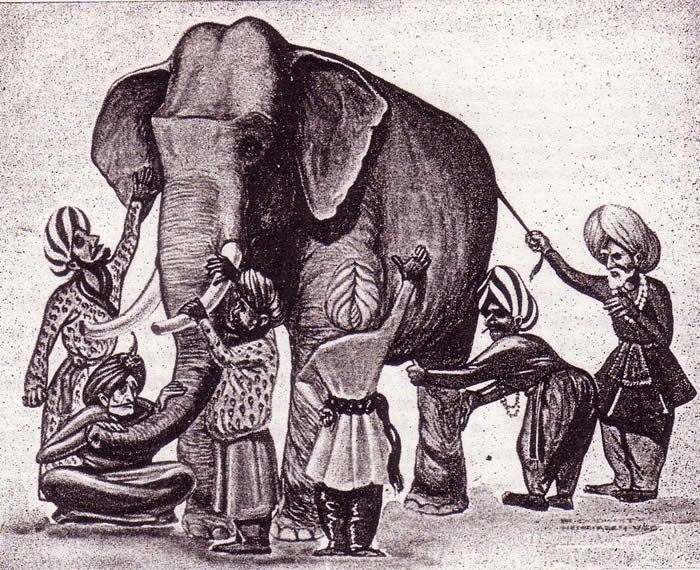When a doctor wants to know how your health is, she orders a blood test and takes your blood pressure. What do economists, who like to think of themselves as doctors of the economy, do?

They also examine the numbers: stock market, industrial production, prices, agricultural output and so on. Some of these statistics are accurate; some are not.
So while a medical doctor can usually come up with a correct diagnosis and cure, an economy doctor can get it right only about 10 per cent of the time. This is why, except when you have lots of money in your pocket over a few years, you have no idea how the economy is doing.
Some economists will say everything is going wrong. Others will say everything is going right. In the middle are the ordinary people who measure everything by how rich they feel.
At the moment everyone is feeling poor but the government is telling them to feel rich even as it takes away half their incomes through one tax or the other. Not just this. Its own numbers are saying different things.
Little wonder then that people are confused: if India is the fastest growing economy in the world, how come we are feeling so poor? Who decides that the economy is turning?
Going by stock market valuations our economy is booming; but going by the Index of Industrial Production (IIP), it is tanking. Going by GDP numbers, it is booming; but going by export and import figures, it is down in the dumps. Inflation is low but prices are high.
I can give many such examples but the point must be clear: the Indian economy today is like the ‘Ten blind men of Hindoostan’, as the story is known. In it ten blind men touch an elephant. Each touches a different part and they can’t agree on what it is they are touching.
One problem is that each metric that the government puts out is measuring a different thing — and as in the case of the blind men who touched only one part of the elephant — only that thing.
Thus the index for Manufacturing measures the absolute amount produced by the manufacturing sector. But gross value added — which is the different costs and sale price — measures the total contribution of labour and capital in the manufacturing process. The two are as different as the legs and trunks of an elephant. So we now have the absurd situation where total output is shrinking while more value is being added to that output.
Confusion is utter
Then there is the problem of the base year. The IIP uses 2004–05 as the base year; everything else has moved to 2011–12 as the base year.
The same thing has been happening with inflation: Two sets of numbers come out every month — the Wholesale Price Index and the Consumer Price Index. Not just that: they comprise different products which, moreover, have different weightages. “Confusion”, as Amitabh Bachchan said in Shahanshah, “toh hai utter”.
What happened in 2015 is instructive of this confusion. The Wholesale and Consumer Price Indices moved in the same direction for a while and then began to go in opposite directions. At one point in September 2015, there was almost a ten per cent difference!
Now the government says the two are again converging. Great, but what does the aam admi make of this when he goes to the market and finds he is paying more than he did for the same thing than he did in the previous month?
Now look at taxes. Usually, in countries where data is more meaningful, tax collections are a good way of measuring income growth. But in India only 5.5 per cent of the earning population pays income tax, and many corporates don’t pay anything at all or very little. So what conclusions can be drawn from tax data about the economy?
Finally, there is the stock market: why is it showing such an enhanced value of your shareholdings when everything else is pointing down? Does the stock market reflect the true state of affairs in the economy?
As with the other things, keep guessing and believing what you want to believe. In the end, that’s what matters.





